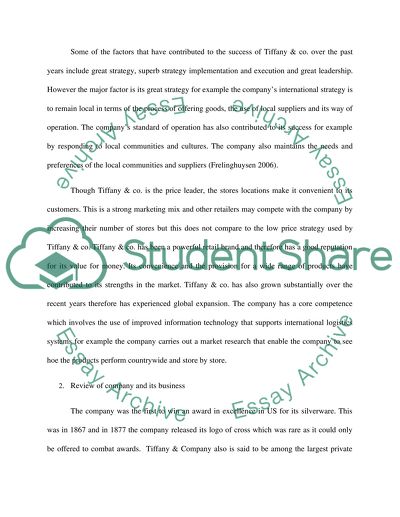Cite this document
(“Tiffany & Co Essay Example | Topics and Well Written Essays - 6000 words”, n.d.)
Retrieved de https://studentshare.org/marketing/1392242-tiffany-co
Retrieved de https://studentshare.org/marketing/1392242-tiffany-co
(Tiffany & Co Essay Example | Topics and Well Written Essays - 6000 Words)
https://studentshare.org/marketing/1392242-tiffany-co.
https://studentshare.org/marketing/1392242-tiffany-co.
“Tiffany & Co Essay Example | Topics and Well Written Essays - 6000 Words”, n.d. https://studentshare.org/marketing/1392242-tiffany-co.


